Only One Planet
Climate Change Books Reviewed in September/October 2017
There’s only one planet—that we can get to right now at least—at our disposal. It’s time we took care of it and encouraged others to do the same. For information on how to do that, read one of the six books reviewed in our September/October 2017 issue.
Fasting and Feasting
The Life of Visionary Food Writer Patience Gray
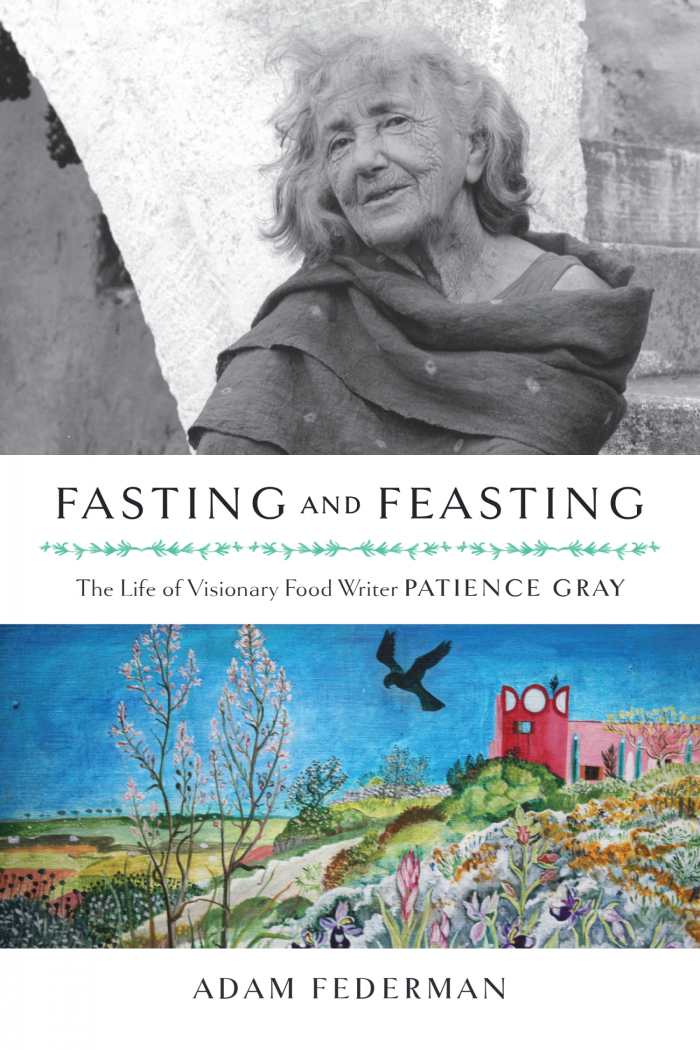
Adam Federman
Chelsea Green Publishing
Hardcover $25.00 (384pp)
978-1-60358-608-5
This deliberate and meticulous biography chronicles the life of a remarkable food writer whose self-sufficiency and love of nature placed her ahead of her time.
Patience Gray, the author of the classic Honey from a Weed, lived off the grid in southern Italy from 1970 until her death in 2005. She grew almost all her own food, and wrote and made art primarily for her friends and family. Fasting and Feasting is broadly appealing as it explores her life and philosophy.
A valuable resource on Gray’s early life and career as a journalist, the book, incorporating meticulous research, bears much fruit. Descriptions of Gray’s career, motivations, and personal life are extremely detailed. That this slows the pace of the book is in keeping with Gray’s personal philosophy: speeding through conveniently is a poor substitute for taking time and savoring the process.
Though it only rarely draws a strong connection between Gray’s love of nature and modern awareness of sustainability, the book offers a valuable example of what a sustainable lifestyle can offer to the modern world.
Aside from being a woman who stood on principle in an age when she was generally expected to behave herself, Gray is a captivating biographical subject and spokesperson for simple, slow living. Modern audiences, particularly those interested in eco-friendly alternative structures for their lives and careers, will find this book to be a worthy read.
ANNA CALL (August 27, 2017)
Being the Change
How to Live Well and Spark a Climate Revolution
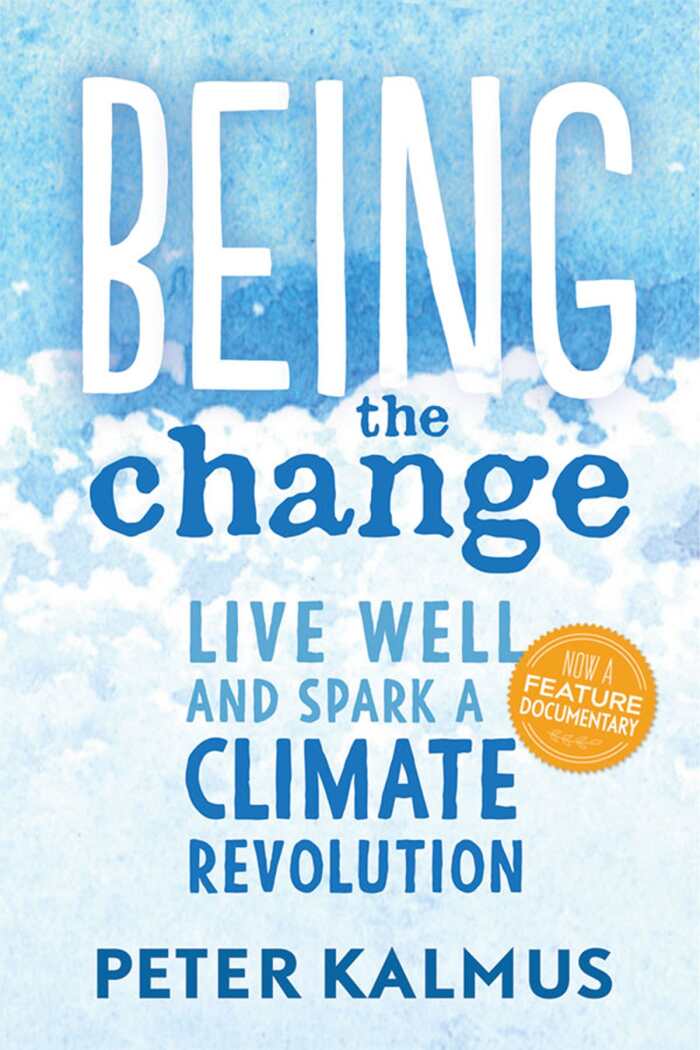
Peter Kalmus
New Society Publishers
Softcover $21.99 (384pp)
978-0-86571-853-1
Buy: Local Bookstore (Bookshop)
Addressing both climate change helplessness and the meaning of everyday life, this book posits a personal, positive approach to environmental mindfulness.
Being the Change approaches climate change from a fundamentally different perspective. It repudiates the idea that individuals can do nothing about climate change and encourages mindful transition to a low-energy lifestyle—not as a sacrifice to stop a threat, but as a means of embracing a richer life.
This emphasis on the bright side of climate change mitigation has a good chance of resonating with ambivalent audiences, especially those whose carbon budgets may be conducive to cutting out air travel and giving up palm oil.
The book offers an unusually comprehensive and scientifically satisfying explanation of how climate change happens. While most people are familiar with the basics, and some will know about factors like albedo and feedback loops, Being the Change’s explanation will present something new to almost everyone. That it is able to do so in a straightforward way is a significant feat.
The book taps into a zeitgeist that encompasses the zero-waste movement, backyard chicken keeping, minimalism, and more.
Though the book does not obviate the importance of government action on climate change, it relegates the subject to its ultimate chapters, placing personal action front and center and presenting concrete advice, tips, and research to support its philosophies.
Likely to be popular, Being the Change is a worthy contender for display space in public libraries.
ANNA CALL (August 27, 2017)
Grand Canyon For Sale
Public Lands Versus Private Interests in the Era of Climate Change
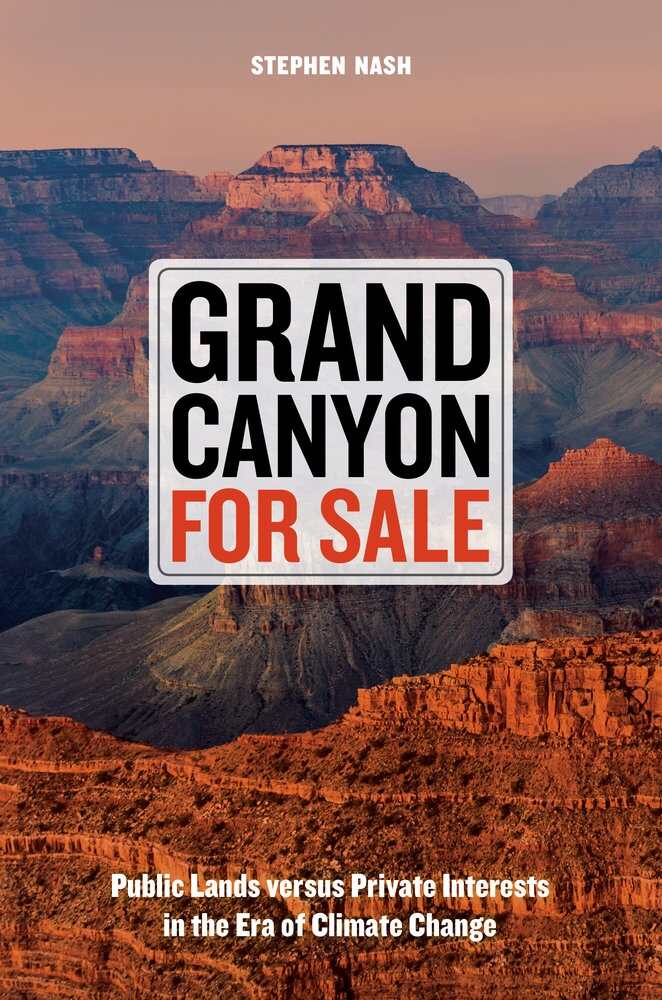
Stephen Nash
University of California Press
Hardcover $29.95 (304pp)
978-0-520-29147-8
Buy: Local Bookstore (Bookshop)
Evocative and passionate, this examination of invasive species, climate change, and public land use will appeal to both politically minded outdoors enthusiasts and members of the ranching community.
Grand Canyon for Sale endeavors to describe the damage being done to the Grand Canyon natural area by private developers and lack of government regulation.
Though it opens with issues surrounding the Grand Canyon specifically, the book’s scope soon broadens. Ranching becomes a major focus, particularly the harm caused by non-native cattle grazing, which spreads the stubborn invasive plant cheatgrass.
Openly critical of the Bureau of Land Management and absentee millionaire ranchers, the book does not hesitate to dive into politics. Though not an exhaustive review of environmental legislation at state and national levels, the book shines brightest when it describes the ground-level rationalization behind greater environmental regulations with the aim of preserving national parks.
One of the book’s greatest advantages is its easy readability. Not only are its points cogent and clear, but it is written in evocative, often beautiful language that sets the scene for the unfolding environmental drama. Stephen Nash’s own experiences visiting the Grand Canyon and interviewing ranchers and ecologists give the book journalistic immediacy.
Grand Canyon for Sale illustrates the conflict between private interests, an often halfhearted bureaucracy, and ecologists who constantly stretch their resources to hold together a flagging natural landscape. Nash’s passion for this subject is infectious, and despite its tendency to wander, the book represents a good development in the public dialogue around public land use.
ANNA CALL (August 27, 2017)
Making the Most of the Anthropocene
Facing the Future
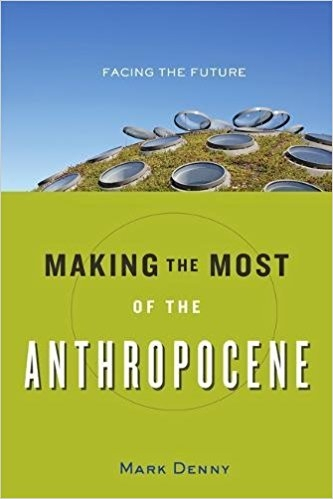
Mark Denny
Johns Hopkins University Press
Hardcover $24.95 (224pp)
978-1-4214-2300-5
Buy: Local Bookstore (Bookshop)
This unusual book seeks to cover the Anthropocene Age, a time when humans radically change our environment, partially through the burning of fossil fuels.
Light in tone and often enjoyable reading, Making the Most of the Anthropocene presents good information on a variety of topics, from the sharing economy to smartphones. Otherwise, it presents a fairly standard explanation of the world’s current climate situation, describing how climate works, how much of the world’s energy comes from coal, and other factors and facets of the carbon age. Short chapters sometimes interlock thematically, though this is not always the case.
The book’s rapid-fire structure contributes to a tendency to jump around thematically, and not everything is engaged in depth. Certain topics do come in for closer scrutiny, particularly nuclear power and economics. The book occasionally falls victim to hypothetical thinking during such examinations, especially when talking about the future development of nuclear fusion as a power source.
The book’s tone is extremely informal, through use of analogies and conversational language. This can come across as smug, particularly when Mark Denny delves into fiction to express his points—as with a straw-man “dude” (short for “Dubious, Unconvinced, Doubtful, or Exasperated reader”) whose hypothetical views on economics and climate-change models are challenged in an imagined dialogue.
Making the Most of the Anthropocene isn’t a thorough guidebook for living in a post-climate-change world, but it does examine potential strategies for migration to renewables.
ANNA CALL (August 27, 2017)
Our Oldest Task
Making Sense of Our Place in Nature
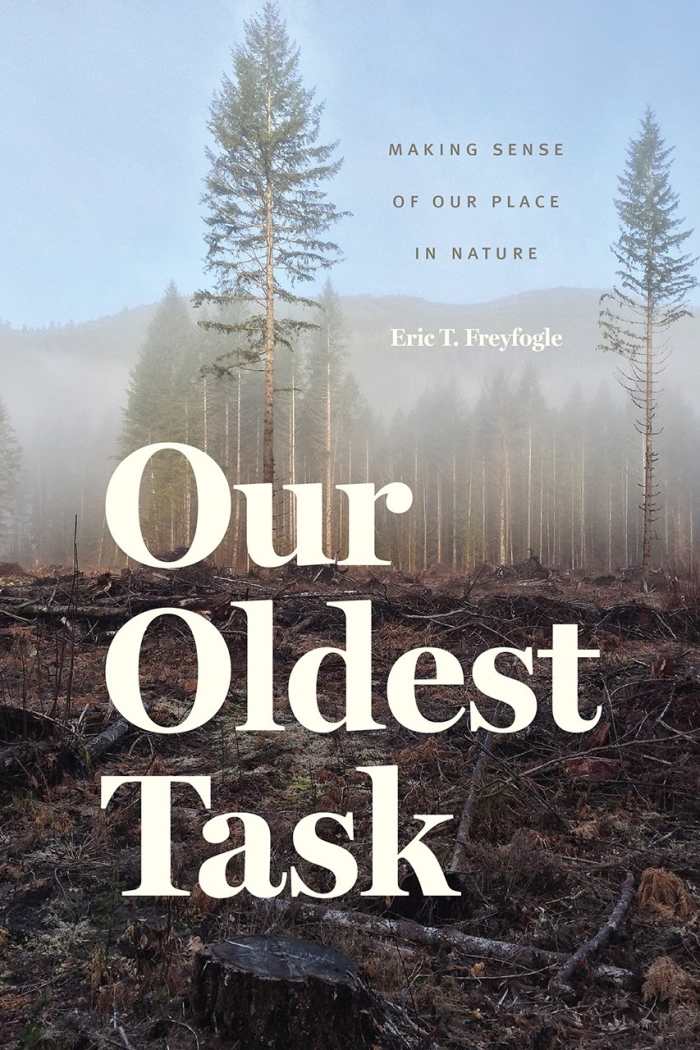
Eric T. Freyfogle
University of Chicago Press
Hardcover $45.00 (240pp)
978-0-226-32639-9
Buy: Local Bookstore (Bookshop)
This dense but well-structured philosophical text endeavors to examine the cultural causes of climate change.
Drawing from the Enlightenment, American culture is fiercely individualistic. But is that a constructive attitude when that culture is confronted by climate change? Our Oldest Task argues that the current American paradigm cannot effectively confront the environmental hurdles before us, and that only a massive cultural shift can adequately address the problem.
The book looks closely at individualism, but also touches on government, economy, and civil rights movements as applied to climate change. Current events appear in indirect reference occasionally, but for the most part, the book sets out to cover American culture broadly. It succeeds, and its conclusions are easily recognizable in many different aspects of civil life.
With the United States as the book’s primary focus, it is easy to consider its audience to be limited to Americans. However, since both American business philosophy and American consumption habits are contagious throughout the developing world, it is reasonable to project the conclusions drawn here onto other Western or westernized cultures, if in a limited way. Regardless, the book’s philosophical heft will make it a challenging read for nonphilosophers, though it does an excellent job of conveying its message clearly.
Our Oldest Task outlines not a technological or political solution to climate change, but one that is more basic. Though it gives little insight into what a bedrock cultural shift would look like, its premise is thought-provoking, and is a new angle on a problem that is on the verge of being beaten into the ground by the same handful of concepts. This makes it a useful resource for academics and others, especially serious activists looking for new ways to drive the climate-change discussion.
ANNA CALL (August 27, 2017)
Storming the Wall
Climate Change, Migration, and Homeland Security

Todd Miller
City Lights Publishers
Softcover $15.95 (200pp)
978-0-87286-715-4
Buy: Local Bookstore (Bookshop)
Combining a serious tone with serious journalism, Storming the Wall dives deep into climate change from an unusual and riveting perspective.
The book operates from two premises. First, it proposes that climate change is the primary cause of modern mass migration, including that related to the Syrian refugee crisis. Second, it asserts that governments around the world are already aware of that fact and are preparing to militarily repel increasingly vast influxes of people from their borders as the storms and droughts force more people from their homes.
Miller’s skill in presenting the latter makes the former point far easier to believe. Without this level of journalistic thoroughness, the book’s claims about government would doubtless strike some readers as impossible, even paranoid. However, Storming the Wall makes its points convincingly, using both modern and historical examples of mass displacement. The author presents first-person research, including interviews, whenever possible.
The book’s interpretation of mass migration and border militarization will likely spark debate from unusual quarters. Miller does not hesitate to suggest that the greatest burdens of climate change fall more heavily along race, class, and color lines. This message is not an attractive one for people living comfortable lifestyles in relatively wealthy, environmentally temperate areas. Expect controversy around this title.
Storming the Wall covers points of public interest from a new and unusual perspective. Policymakers may be miffed at the author’s critical attitude toward government border policies. American citizens, however, may find this book highly relevant to the ongoing political discussion around border walls and mass refugee crises.
ANNA CALL (August 27, 2017)
Anna Gooding-Call

